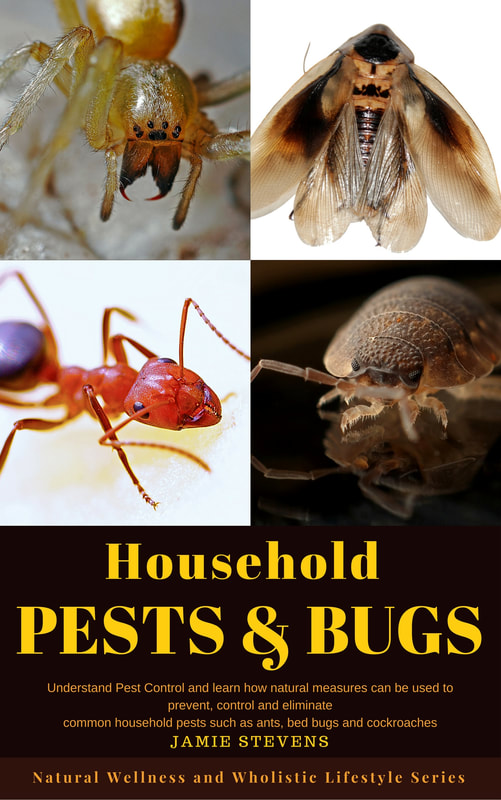| Carbon credits are a valuable tool in the global effort to combat climate change. By utilizing market-based mechanisms, they provide flexibility, promote innovation, and contribute to sustainable development. However, it is crucial to implement robust regulatory frameworks and monitoring systems to maximize their effectiveness and maintain the integrity of the carbon credit market. | |
As part of a broader climate change mitigation strategy, carbon credits can play a significant role in steering our world towards a more sustainable, low-carbon future.
The Growing Urgency to Address Climate Change
Climate change, driven by the emission of greenhouse gases, is one of the most pressing global challenges we face today.
To mitigate the impacts of climate change and transition towards a low-carbon economy, innovative market-based mechanisms like carbon credits have emerged.
This article aims to provide a comprehensive overview of carbon credits and their role in the fight against climate change.
To mitigate the impacts of climate change and transition towards a low-carbon economy, innovative market-based mechanisms like carbon credits have emerged.
This article aims to provide a comprehensive overview of carbon credits and their role in the fight against climate change.
What are Carbon Credits?
Carbon credits are tradable permits that represent the right to emit one tonne of carbon dioxide or an equivalent amount of another greenhouse gas.
They are a part of a cap-and-trade system designed to limit emissions by assigning a cost to pollution. By putting a price on carbon emissions, this system incentivizes organizations to reduce their carbon footprint and invest in cleaner technologies.
They are a part of a cap-and-trade system designed to limit emissions by assigning a cost to pollution. By putting a price on carbon emissions, this system incentivizes organizations to reduce their carbon footprint and invest in cleaner technologies.
How Carbon Credits Work... The Cap-and-Trade System
The cap-and-trade system begins with the establishment of a regulatory body that sets an overall cap or limit on the total greenhouse gas emissions allowed within a specified region or industry. The body then distributes a certain number of carbon credits to various organizations, either through an auction or allocation process.
Organizations that emit less than their allotted credits can sell their surplus credits to other organizations that exceed their emission limit. This creates a market for carbon credits, where the price is determined by supply and demand.
The cap is gradually reduced over time, encouraging companies to continuously reduce their emissions and become more energy-efficient.
Organizations that emit less than their allotted credits can sell their surplus credits to other organizations that exceed their emission limit. This creates a market for carbon credits, where the price is determined by supply and demand.
The cap is gradually reduced over time, encouraging companies to continuously reduce their emissions and become more energy-efficient.
The Benefits of Carbon Credits
Flexibility and Cost-Effectiveness: Carbon credits provide a flexible, market-based mechanism that allows organizations to choose the most cost-effective way to reduce their emissions. By trading credits, companies can find the most economical solutions, lowering the overall cost of combating climate change.
Incentivizing Innovation: The cap-and-trade system drives companies to innovate and develop cleaner technologies, as they strive to reduce their emissions and avoid purchasing additional credits. This fosters a competitive environment that accelerates the development of green technologies.
Supporting Sustainable Development: Many carbon credits are generated through projects in developing countries that promote clean energy, reforestation, and other sustainable initiatives. By purchasing these credits, companies not only offset their emissions but also contribute to global sustainable development goals.
Incentivizing Innovation: The cap-and-trade system drives companies to innovate and develop cleaner technologies, as they strive to reduce their emissions and avoid purchasing additional credits. This fosters a competitive environment that accelerates the development of green technologies.
Supporting Sustainable Development: Many carbon credits are generated through projects in developing countries that promote clean energy, reforestation, and other sustainable initiatives. By purchasing these credits, companies not only offset their emissions but also contribute to global sustainable development goals.
Challenges and Criticisms
While carbon credits have the potential to drive emission reductions and foster sustainable development, they also face several challenges and criticisms. Some argue that the cap-and-trade system allows for the possibility of fraudulent practices, such as over-reporting emission reductions or creating counterfeit credits. Additionally, critics claim that carbon credits may enable companies to buy their way out of reducing emissions, rather than investing in sustainable solutions.
To address these concerns, it is essential to establish stringent monitoring, reporting, and verification systems, ensuring the integrity of carbon credit projects and the overall cap-and-trade system.
To address these concerns, it is essential to establish stringent monitoring, reporting, and verification systems, ensuring the integrity of carbon credit projects and the overall cap-and-trade system.















